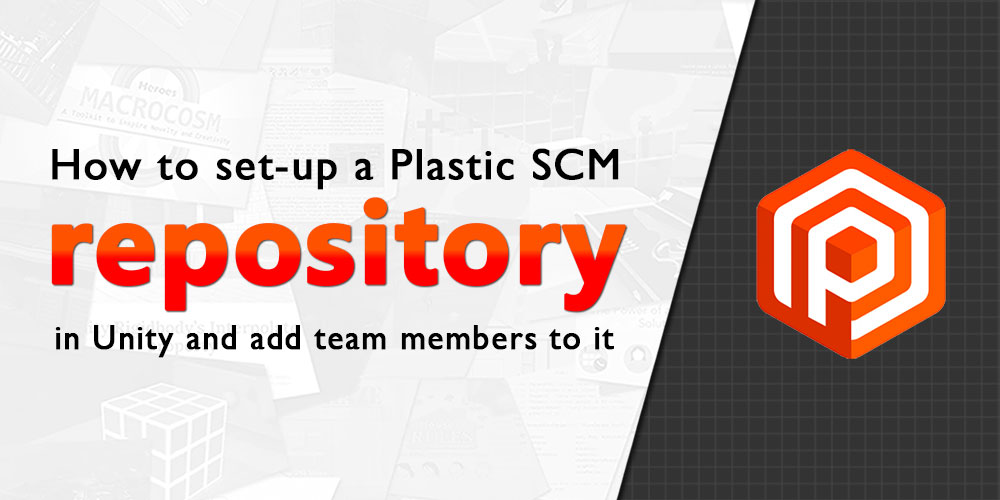When working with projects, it is common practice to use source control repositories to house our code, so that we can synchronize project files across multiple team members, and perform version control. Game development projects are no different.
If you have been using Unity for some time now, you may remember Unity Collaborate — a source control repository service built into the Unity Editor. In November of 2021, they replaced the Unity Collaborate service with Plastic SCM, and Unity users across the world went through a collective struggle trying to re-learn (or learn, if you are a first-time user — Plastic SCM is harder to use than Unity Collaborate) how to use the new service.
If you are one of these people, then this guide is for you.
Continue reading →

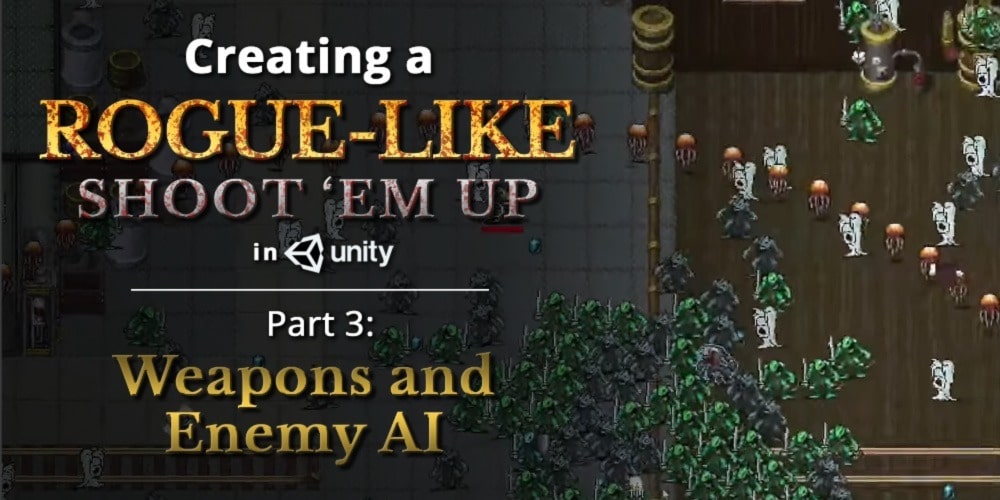
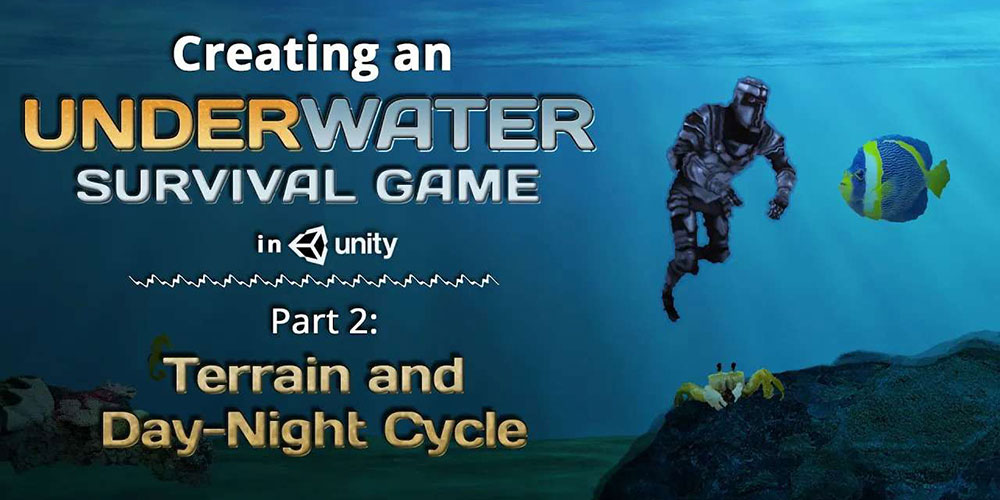
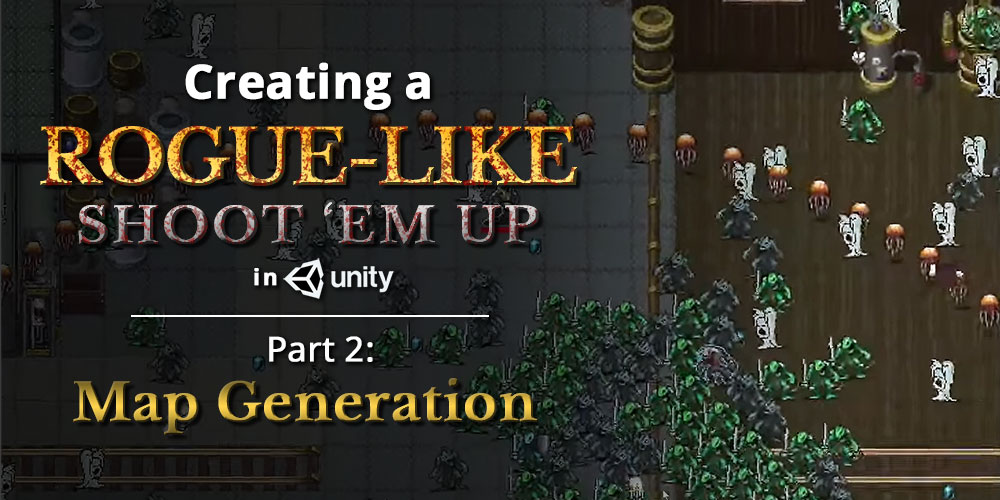
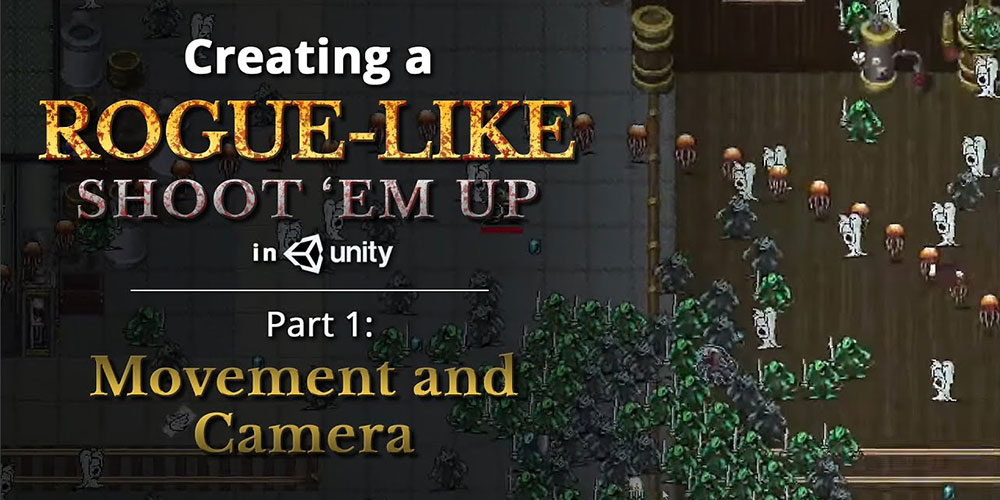
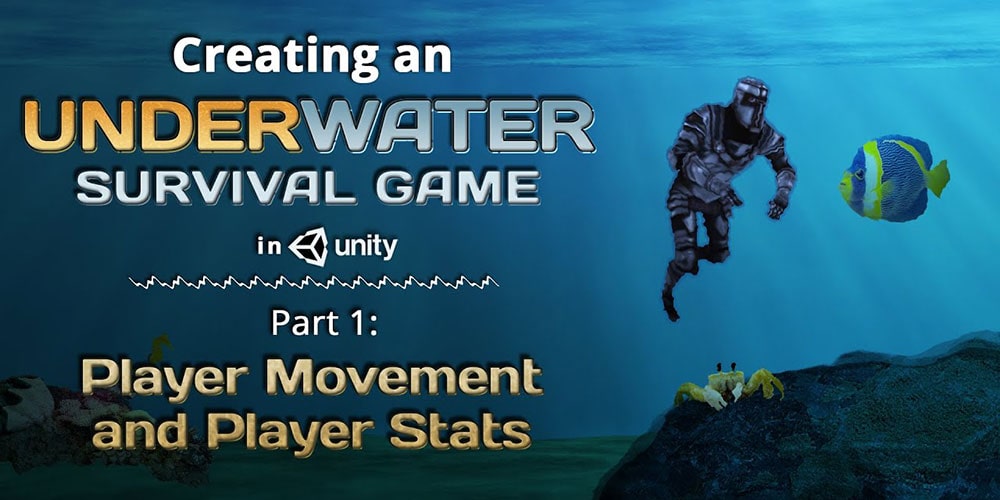

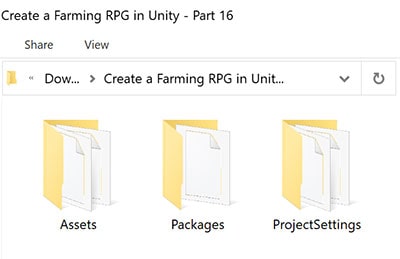
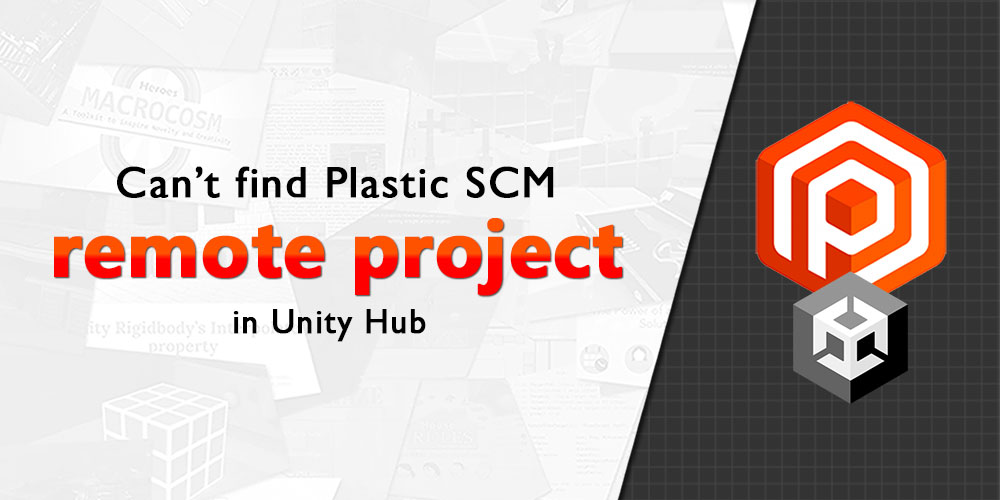
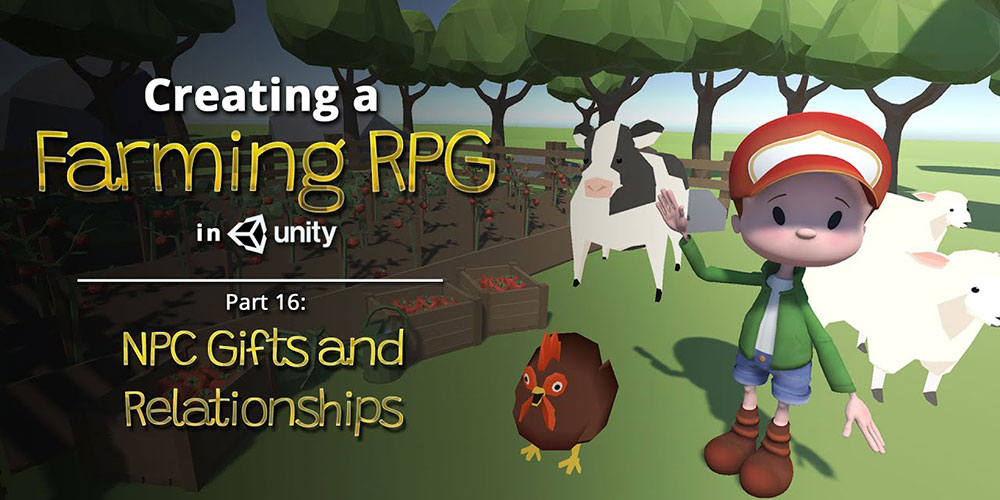
 Unlock Content
Unlock Content